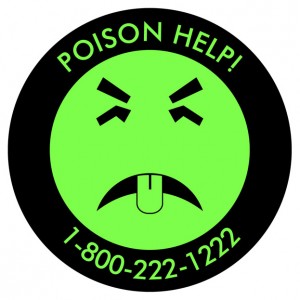In your marketing, is it necessary to always make a profit? Or to at least have profitability as your goal?
We’re not talking about charities and organizations whose goal is not to make a profit. We’re also not talking about “awareness” campaigns or ones in which your goal is to get people to sign up for a mailing list or something like that. (Some of these things have questionable value to begin with for most small businesses.)
So in cases where you are advertising and your goal is for the ad to generate sales, is it always important to make a profit?
The answer is a big fat NO.
In fact, there are some cases where making a profit from an ad can be deadly to your business.
It all comes down to knowing your average customer.
So this is a strategy that will work only for established businesses. New businesses need sales before they die in infancy.
With an established business that already has some customer base and a sales history, it pays to analyze that sales history.
If you know that, say 12% of your first-time customers stick around to become long-term repeat customers and your typical long-term customer stays with you for three years and spends an average of $3,000 over that time, then you logically want to get as many such customers as possible. It isn’t necessary to make a profit on the very first sale because you will stand to profit on each subsequent sale over the next three years.
Do you want to lose money?
Ironically, there actually are times when it makes sense to lose a bit to attract a customer. Grocery stores do this all the time. Say they advertise coffee for some ridiculously cheap price. They might even be losing a few cents on each can of coffee they sell.
Sure, a few customers will come in, buy the cheap coffee and leave. But most will come in for the cheap coffee and end up doing their whole week’s shopping while they’re there. A few may even go on to become regular customers, having been lured away from a competitor.
Most of the time, however, smart marketers want to price their initial offer so that they just break even. The money brought in from sales should be just enough to pay for the cost of goods plus the cost of marketing.
It’s an educated guessing game but if you can do it, you introduce yourself to a lot of potential new customers at zero cost to you. Some of them will go on to become long-term customers. Now you’ve just made a bundle in long-term profits at no up-front cost.
And all those people who take you up on your introductory offer but then never come back?
Well if you’ve done it right, those people cost you nothing. You made no profit but also lost no money on the deal. You also learned a lot about what will generate response and sales. It’s a win all around.
Knowing and understanding this kind of stuff is where a marketing strategist comes in handy.
Click any of the icons below to retweet these passages from the above article.
Remember, we’ll donate money to charity for every retweet. No purchase necessary. You retweet, we donate. It’s that simple.
 There are some cases where making a profit from an ad can be deadly to your business.
There are some cases where making a profit from an ad can be deadly to your business.
 Ironically, there actually are times when it makes sense to lose money in business.
Ironically, there actually are times when it makes sense to lose money in business.
 Make a bundle in long-term profits at no up-front cost.
Make a bundle in long-term profits at no up-front cost.
 Knowing and understanding this kind of stuff is where a marketing strategist comes in handy.
Knowing and understanding this kind of stuff is where a marketing strategist comes in handy.


 In 1971, Children’s Hospital of Pittsburgh created a cartoonish character named Mr. Yuk. The goal was to keep children away from household poisons.
In 1971, Children’s Hospital of Pittsburgh created a cartoonish character named Mr. Yuk. The goal was to keep children away from household poisons.